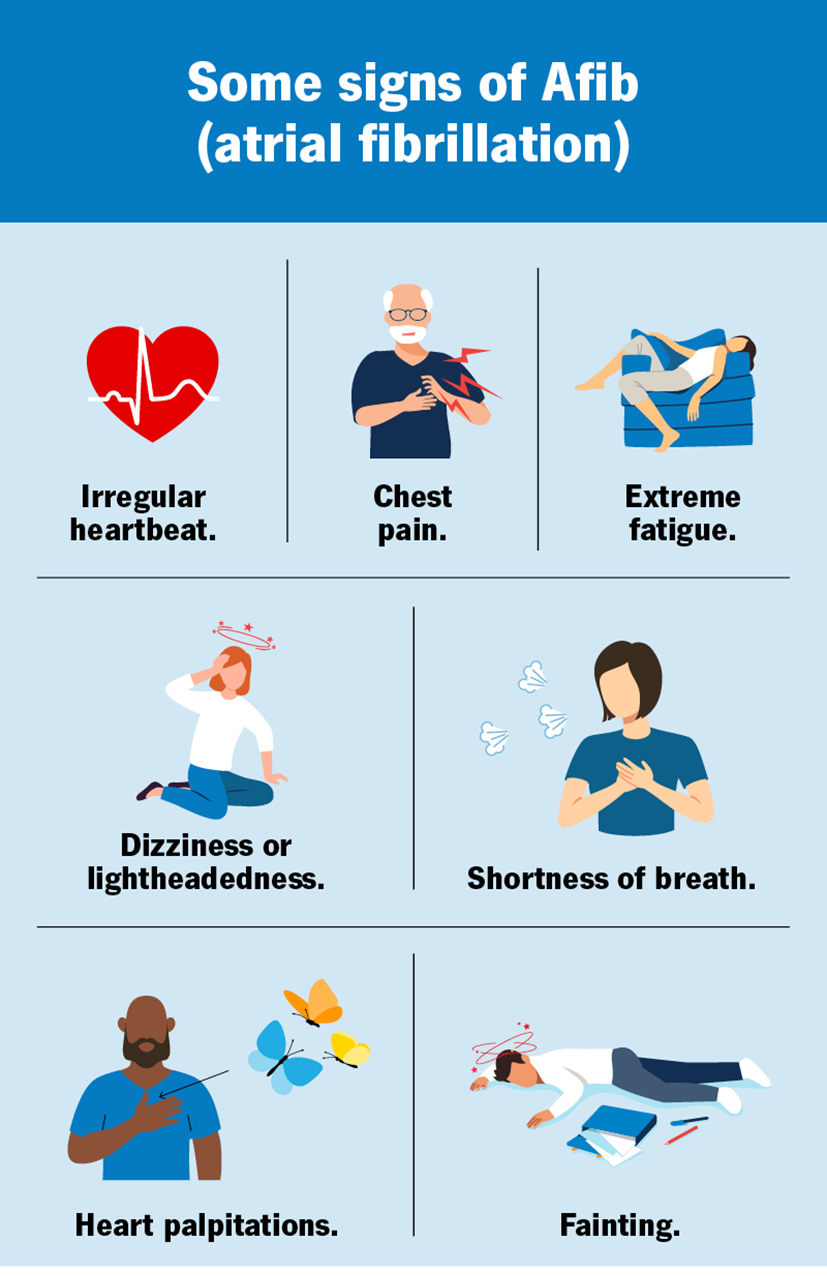When preparing to apply a scheduled fentanyl transdermal patch, the nurse notes that the previously applied patch is intact on the client’s upper back and the client denies pain. Which action should the nurse take?
Place the patch on the client’s shoulder and leave both patches in place for 12 hours.
Remove the patch and consult with the healthcare provider about the client’s pain resolution.
Apply the new patch in a different location after removing the original patch.
Administer an oral analgesic and evaluate its effectiveness before applying the new patch.
The Correct Answer is C
Choice A reason:
Placing the new patch on the client’s shoulder and leaving both patches in place for 12 hours is not recommended. Fentanyl patches are designed to be used one at a time, and overlapping patches can lead to an overdose due to excessive absorption of the medication1. The standard practice is to remove the old patch before applying a new one.
Choice B reason:
Removing the patch and consulting with the healthcare provider about the client’s pain resolution is a cautious approach. However, it is not necessary to consult the healthcare provider if the client denies pain and the patch is due for replacement. The nurse should follow the standard protocol for patch replacement.
Choice C reason:
Applying the new patch in a different location after removing the original patch is the correct action. This ensures that the medication is delivered effectively while preventing skin irritation and potential overdose. The new patch should be placed on a different area of intact skin to allow the previous site to recover.
Choice D reason:
Administering an oral analgesic and evaluating its effectiveness before applying the new patch is not appropriate in this scenario. The client is already receiving pain management through the transdermal patch, and additional oral analgesics are not necessary unless there is breakthrough pain. The focus should be on proper patch replacement
Nursing Test Bank
Naxlex Comprehensive Predictor Exams
Related Questions
Correct Answer is D
Explanation
Choice A reason: Giving the next scheduled dose without further assessment is not advisable. An INR of 2.8 is within the therapeutic range for many conditions treated with warfarin, but it is important to ensure that the INR is stable and not trending higher, which could increase the risk of bleeding.
Choice B reason: Obtaining another blood sample might be necessary if there is suspicion of an error or if the INR is unexpectedly high or low. However, in this scenario, the INR is within the therapeutic range, so this action is not immediately necessary.
Choice C reason: Monitoring for signs of bleeding is always important for clients on warfarin, but it does not address the immediate need to communicate with the healthcare provider about the current INR level and any potential adjustments to the medication.
Choice D reason: Notifying the healthcare provider is the most appropriate action. The healthcare provider needs to be aware of the current INR level to make any necessary adjustments to the warfarin dosage and to provide further instructions on monitoring and follow-up.

Correct Answer is ["0.8"]
Explanation
Calculation Steps
Step 1: Identify the concentration of the medication in the syringe.
The syringe is labeled “Enoxaparin sodium injection, USP 60 mg/0.6 mL.”
Step 2: Calculate the amount of medication per mL.
60 mg ÷ 0.6 mL = 100 mg/mL
Result = 100 mg/mL
Step 3: Determine the prescribed dose.
The prescribed dose is 80 mg.
Step 4: Calculate the volume to administer.
80 mg ÷ 100 mg/mL = 0.8 mL
Result = 0.8 mL
Therefore, the nurse should administer 0.8 mL.
Whether you are a student looking to ace your exams or a practicing nurse seeking to enhance your expertise , our nursing education contents will empower you with the confidence and competence to make a difference in the lives of patients and become a respected leader in the healthcare field.
Visit Naxlex, invest in your future and unlock endless possibilities with our unparalleled nursing education contents today
Report Wrong Answer on the Current Question
Do you disagree with the answer? If yes, what is your expected answer? Explain.
Kindly be descriptive with the issue you are facing.
